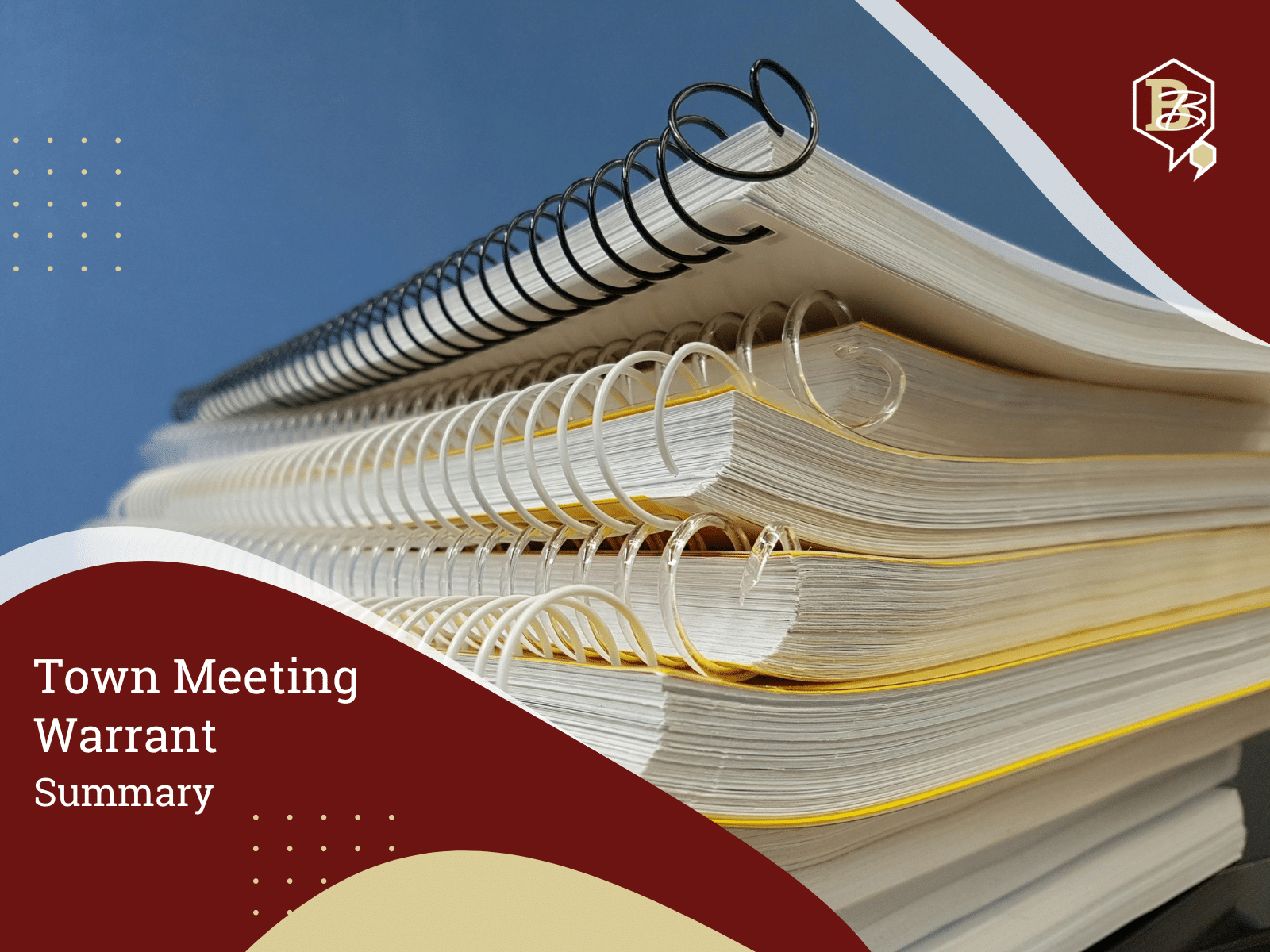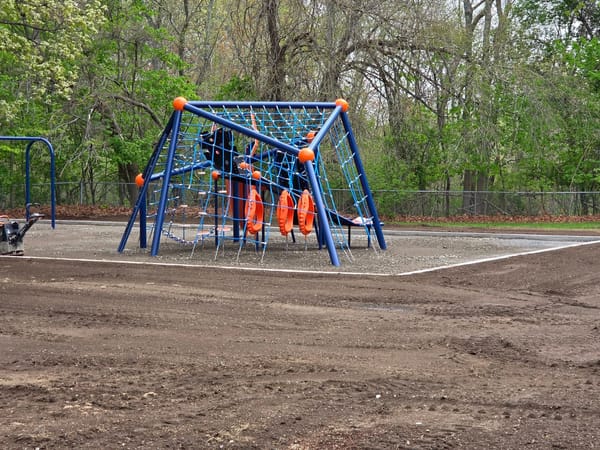Looking More Deeply Into the Burlington Operating Budget
One step to understanding the Burlington operating budget is understanding where the town's money comes from and where it goes.


We've already taken a look at the bones of the FY25 budget book, and now that the structure is laid out, the only thing left to look at in the $179-million Burlington operating budget is the numbers—100 pages of them! We won't go through every single operating budget here, but we'll give you an overview of the structure so you can seek information you need and understand it when you find it.
Section 1 of the budget book ends with explanations and summaries of Burlington's recurring and non-recuring expenditures and revenues, along with some definitions that are useful to understand. Each item explained here will appear as a line item in the budget.
Recurring expenditures include the town and school operating budgets as well as tax abatements and other spend. They also include the town's 19 Accommodated Accounts, which are listed and defined on page 25 of the budget book. According to the budget book there are several types of accommodated accounts:
The first type is expenditures that are applicable to all departments such as employee benefit costs, general insurance, and debt service. Another is expenditures that have proven difficult to control which have been broken out of Town and School operating budgets as their inclusion would put those departments at an unfair disadvantage in meeting the Town’s budget guidelines. Examples of these budgets would be Special Education from the School Department and Trash Removal from Public Works. Another common attribute of budgets classified as Accommodated is that they are typically mandated expenditures for which the Town has little control over the cost.
Budget Book, p.25
Non-recurring expenditures consist of capital warrant articles, those one-time requests for cash for a particular project or need, as well as deficit accounts, which are explained on page 27.
Recurring revenues fall into three categories: Taxes; Local Receipts including excise tax, meals tax, water charges, and more; and State Receipts (7.4% of the town's revenue) such as Chapter 70 funding for schools, veteran benefit reimbursement, and more.
Non-recurring revenues are represented as Free Cash, defined on Page 30 as "the remaining, unrestricted funds from operations of the previous
fiscal year," unexpended appropriations, which essentially means money that was requested and awarded but not yet spent, and unused tax abatement liability. Currently Burlington has about $32 million in Free Cash, more than double the $13 million plus that was certified in 2019.
Now, take a deep breath, because after this summary comes the feature presentation in the Burlington operating budget. Section 2, which begins on page 33, outlines the operating budgets for all the town's departments. Each department is laid out with:
- a description of what they do
- changes in the budget from the previous year
- accomplishments over the previous year
- goals for the upcoming year
- staffing
- budget issues
- proposed budget
The budgets go line by line so the reader can follow the main budget categories for each department. The only exception is the School Department budget; this budget is approved line by line by the School Committee, and Town Meeting only approves the final number (this year, $79,896,156, which represents nearly half of the Town of Burlington operating budget).
This main section of the book goes on until page 117, outlining the budget of every town department. Following that is:
- a personnel chart outlining the staff of each department (but not the salary of each position)
- some statistical information about Burlington residents and the local economy
- some budget history and trends
- comparisons of Burlington to neighboring communities (page 133; definitely take a look!)
At the very end of the book, we find the Capital Improvement Plan for the next 10 years. This is a cascading chart, by department, of the town's plans for maintaining, improving, and replacing the various facilities around town. The chart is useful in two ways: To get a sense for the plan for a given department and to look for a particular facility and see the plan for it.
That's your walk through the Burlington operating budget through the budget book. Now, at your leisure, take a look through it and satisfy your curiosity about the different departments, their budgets, and how they contribute to the town as a whole. Next week, we'll get into the rest of the articles in the Town Meeting Warrant.
This year’s Annual Town Meeting will begin on Monday, May 13, at 7:00 PM and will continue on Wednesday and Monday evenings until the entire Warrant has been reviewed. Stay tuned to the Buzz for summaries of the articles in the Town Meeting Warrant and how Town Meeting votes on each.





